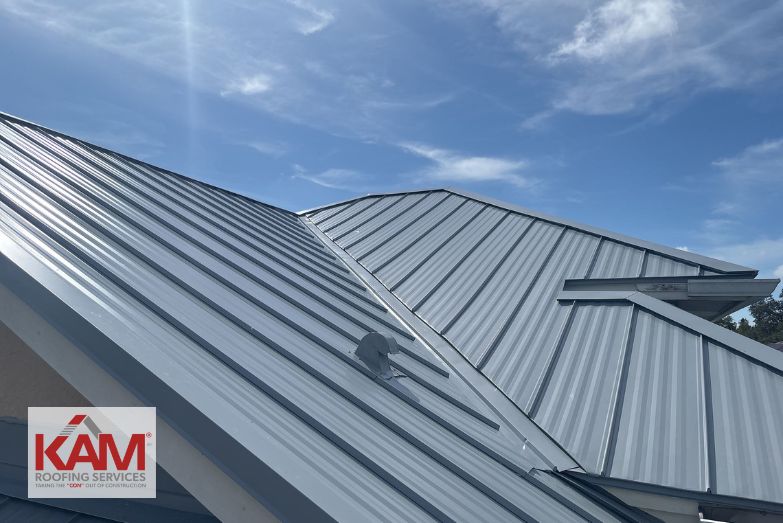Attic venting is essential for managing temperature and moisture in your home’s attic, helping lower cooling costs and extend your roof’s lifespan, especially in Florida’s hot and humid climate. Homeowners can choose between passive attic venting and forced attic venting systems, each with unique benefits, to optimize comfort, protect their investment, and promote energy efficiency.
- Well-designed attic venting reduces AC workload and moisture problems.
- Passive systems like ridge vents and soffit vents need no electricity and have minimal upkeep.
- Forced options such as attic fans actively push out hot air for faster cooling.
- Choosing the right roof ventilation system can extend roof lifespan in Florida’s tough conditions.
- Proper ventilation in Florida attics fights mold, wood rot, and excessive heat build-up.
- Optimizing attic ventilation is a top attic cooling solution for energy-conscious homeowners.
Understanding Attic Venting
Attic venting is the process of enabling fresh air to flow in and out of your attic. This air movement keeps temperatures lower in summer, prevents moisture accumulation year-round, and supports healthy roofing materials for longer. In Florida, effective attic ventilation is critical to avoid excessive heat and humidity, two factors that can prematurely age a roof.
Why Is Attic Venting Important in Florida?
Florida’s warm, humid climate puts extra stress on attics. Without proper ventilation, attics become superheated ovens that force your air conditioner to work harder, costing you more in energy each month. Moisture, when trapped inside, can also cause mold growth and wood rot, threatening your home’s structural integrity. That’s why Florida attic ventilation matters more than ever for protecting property value and maintaining comfort.
Passive Attic Venting
Passive attic venting systems use natural airflow to move hot, moist air out of the attic and bring in cooler air without mechanical assistance.
How It Works
Air enters through intake vents (commonly soffit vents on the house’s eaves), rises as it heats, and exits through exhaust vents (such as ridge vents, static roof vents, or gable vents) at the roof’s peak or wall ends. The temperature difference between inside and outside, plus wind effects, drives this airflow.
Common Passive Vent Types
- Ridge vents: Continuous vents along the roof peak for uniform airflow.
- Soffit vents: Intakes under the eaves, common in Florida homes for steady air supply.
- Gable vents: Louvered vents on attic end walls.
- Static roof vents: Simple, stationary vents installed on the roof surface.
Pros and Cons
Advantages
- Lower installation and maintenance costs
- No energy use, so very efficient
- Quiet and reliable, with no moving parts
Limitations
- Dependent on wind and temperature differences
- Effectiveness may be reduced on low-wind or extremely hot days
- Improper configuration leads to “dead spots” or poor airflow
Forced Attic Venting
Forced attic venting relies on mechanical fans (powered by electricity or solar panels) to pull out hot attic air and improve cooling rates beyond passive means.
How It Works
An attic fan draws hot air out of the attic, usually installed at the roof peak or end walls. When triggered by a thermostat, these fans activate at preset temperatures, pushing out heat much faster than passive venting allows. In Florida, many homeowners opt for attic fan installation for more immediate cooling, and KAM Roofing Services specializes in professional attic ventilation solutions.
Types of Forced Roof Ventilation Systems
- Electric attic fans: Hardwired, automatic fans triggered by temperature.
- Solar attic fans: Powered by solar panels, ideal in sunny Florida.
- Whole-house fans: Large fans that vent attic and home air simultaneously.
Pros and Cons
Advantages
- More effective cooling on extremely hot or humid days
- Particularly valuable for older homes or poorly ventilated attics
- Can noticeably lower attic and indoor temperatures
Limitations
- Higher installation and maintenance costs
- Uses electricity (unless solar-powered)
- Poorly installed or undersized fans may pull conditioned air from living spaces
Ridge Vent vs Attic Fan: Which Is Better?
Homeowners often ask about “ridge vent vs attic fan” when deciding between passive attic venting and a forced system. Both have distinct merits.
- Ridge vents distribute air flow along the entire roof for consistent results, minimal maintenance, and no ongoing costs.
- Attic fans can rapidly cool attics during severe heat, but may need electrical work and regular checks.
Best practice in Florida: Many homes benefit from a hybrid approach, combining ridge vents (or soffit vents) for steady passive ventilation and supplemental attic fans for peak summer heat. Always ensure intake (soffit) and exhaust vents are properly balanced for optimal air movement.
Optimizing Your Florida Attic Ventilation
Tips to Enhance Attic Cooling
- Make sure soffit vents provide adequate intake – blockages reduce performance.
- Match ridge (or roof) vent exhaust capacity to your intake vents.
- For forced attic venting, use a thermostat and humidity sensor to limit unnecessary fan use and save energy.
- Check attic insulation; combining ventilation and insulation offers best attic cooling solutions.
- Inspect vents every year for clogs, nesting animals, or weather damage.
Common Issues in Poorly Vented Florida Attics
- Mold and mildew buildup from trapped humidity
- Wood rot and premature roof shingle aging
- Ice dams, though rare in Florida, can still form during winter cold snaps if moisture accumulates
Experience tip: Professional roofers like KAM Roofing Services often discover hidden moisture and insulation problems during attic venting upgrades, highlighting the importance of expert evaluation for Florida homes.
FAQs
Q: What’s the difference between passive and forced attic venting?
A: Passive attic venting relies on natural airflow through vents like soffit and ridge vents, operating without electricity. Forced attic venting uses mechanical fans powered by electricity or solar panels to actively remove hot air from your attic, usually providing faster and more consistent cooling.
Q: Is attic ventilation really necessary for Florida homes?
A: Yes, attic venting is critical in Florida due to the hot and humid climate. Proper attic ventilation lowers cooling bills, prevents moisture damage like mold and rot, and helps extend roof lifespan in Florida’s demanding environment.
Q: Should I install an attic fan or rely on passive vents?
A: The best solution depends on your home’s design, ventilation needs, and climate. Many Florida homeowners benefit from a mix of both: passive vents for quiet, steady airflow and an attic fan for extra cooling during heat waves. A professional like KAM Roofing Services can assess your attic’s needs.
Q: Do I need soffit vents in Florida homes?
A: Soffit vents are especially important for Florida attic ventilation. They supply the fresh air needed for ridge or roof vents to work properly, preventing problems from trapped heat and humidity.
Q: How do I know if my attic ventilation is working correctly?
A: Signs of poor attic ventilation include high utility bills, musty odors, mold growth, and visible roof shingle damage. If you suspect a problem, have a licensed specialist inspect your attic and recommend customized attic cooling solutions.
Find the Right Attic Venting Solution with KAM Roofing Services
Choosing the right attic venting – passive or forced – makes a significant impact on comfort, energy savings, and roof protection for Florida homeowners. If you’re unsure what roof ventilation systems or attic cooling solutions fit your needs, reach out to KAM Roofing Services.
Serving homes throughout Florida, KAM Roofing Services provides expert attic ventilation services designed to lower your bills, extend roof life, and protect your investment.


